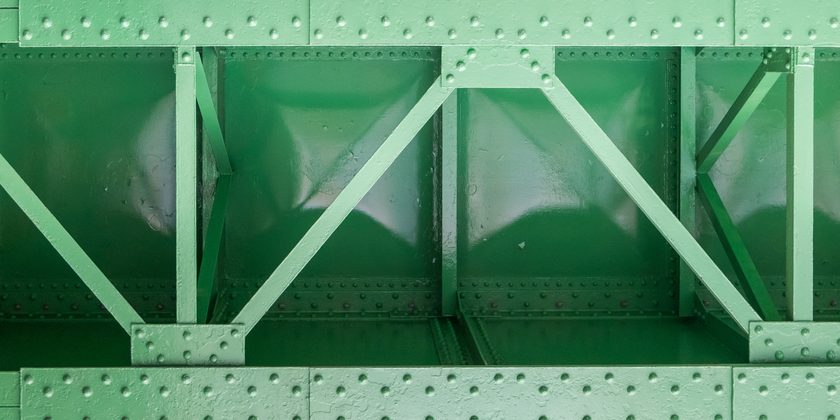Low margins for Chinese steelmakers and a relative oversupply of imported iron ore concentrates in both the seaborne market and China’s port stocks mounted additional downward pressure on the high-grade pellet feed premium.
Most steel mills faced a limited recovery of steelmaking margins despite recent drop of steelmaking raw materials, including iron ore and coke, which caused the continuous preference of cost-effective iron ore brands by mills, sources said
Fastmarkets’ price assessment of iron ore 62% Fe fines, cfr Qingdao was $130.20 per tonne on Thursday, January 18, up by $3.60 per tonne on the preceding day.
The decreased transaction prices for Australia 65% Fe pellet feed in the week to Friday indicated demand weakness from China, which might lead to a further drop for other high-grade imported pellet feed, a Hangzhou-based trader said.
The monthly premium for 65% Fe Australia CITIC Pacific pellet feed decreased from the previous $4 per tonne on top of a 65% Fe iron ore fines index to zero for February and March loaded cargoes, a Shanghai-based trader said.
“It’s difficult to maintain a high premium level when overall demand from Chinese mills was weak, lowering the prices could at least maintain some buying interest,” the Shanghai-based trader added.
Drop in overall traded premiums
On Thursday, January 11, 100,000 tonnes of 66% Fe Iron Bridge magnetite concentrate were traded at February average of 65% Fe iron ore fines index plus a premium of $4.31 per tonne, laycan January 29 to February 7.
50,000 tonnes of 65.5% Fe SIMEC Magnetite concentrate were traded at the February average of a 65% Fe index plus a premium of $4.66 per tonne on January 16, laycan February 3-12.
Another two tenders for the same cargo with laycan February 11-20 and March loading, were traded at the March average of a 65% Fe index plus a premium $3.40 and $3.60 per tonne respectively on Thursday, January 18.
The overall traded premiums have decreased from the previous deals around $5.2-6 per tonne in December, sources told Fastmarkets.
“There was some buying interest for small volume of high-grade Australia pellet feed, because unloading them is more flexible at most ports of China, while Capsize ships usually go to ports in North and East China and need to change to small ships to ports in South China and Yangtze River ports with additional freight,” a Beijing-based mill said.
Fastmarkets calculated the iron ore 67.5% Fe pellet feed premium, cfr Qingdao at $5.00 per tonne on January 18, unchanged from the previous day.
Fastmarkets calculated the iron ore 65% Fe concentrate premium, cfr Qingdao at minus $1 per tonne on January 18, down by $1.10 per tonne on the previous day.
Ukraine pellet feed to China
Shipments of Ukraine pellet feed to China in 2024 might further increase following some deals done in the fourth quarter of 2023, adding supply to current sufficient port stocks.
“Recently, we heard that there are about four ships of Ukraine pellet feed to China every month, and there might be more, with miners’ production and shipping routes gradually stabilizing,” a mill source from South China said.
According to a local information provider, the iron ore concentrates stocks at major Chinese ports totaled about 10.2 million tonnes in the week to January 19, up by 3% from the previous week.
“The de-stocking speed of high-grade concentrates and pellet at major Chinese ports was relatively slow, which might further press the imported high-grade concentrates premium [in the seaborne market],” a second Hangzhou-based trader said.
In November, China imported about 65,700 tonnes of Ukraine concentrates after the previous halt from October 2022, according to the latest Chinese customs data.
The import volume for iron ore concentrates into China totaled about 114 million tonnes from January to November in 2023, up by 8% compared with the same period in 2022.
The top suppliers with above 6 million tonnes exports to China were Australia, Brazil, Peru, Canada, Chile, South Africa and Russia.
Discover our iron ore pellet feed indices
Navigate the complex steelmaking raw materials markets with our reliable and impartial analysis of the iron ore market. Head to our dedicated iron ore hub to learn more about how our suite of prices and market insights can support your ‘green’ investment decisions while bringing transparency to the industry.




